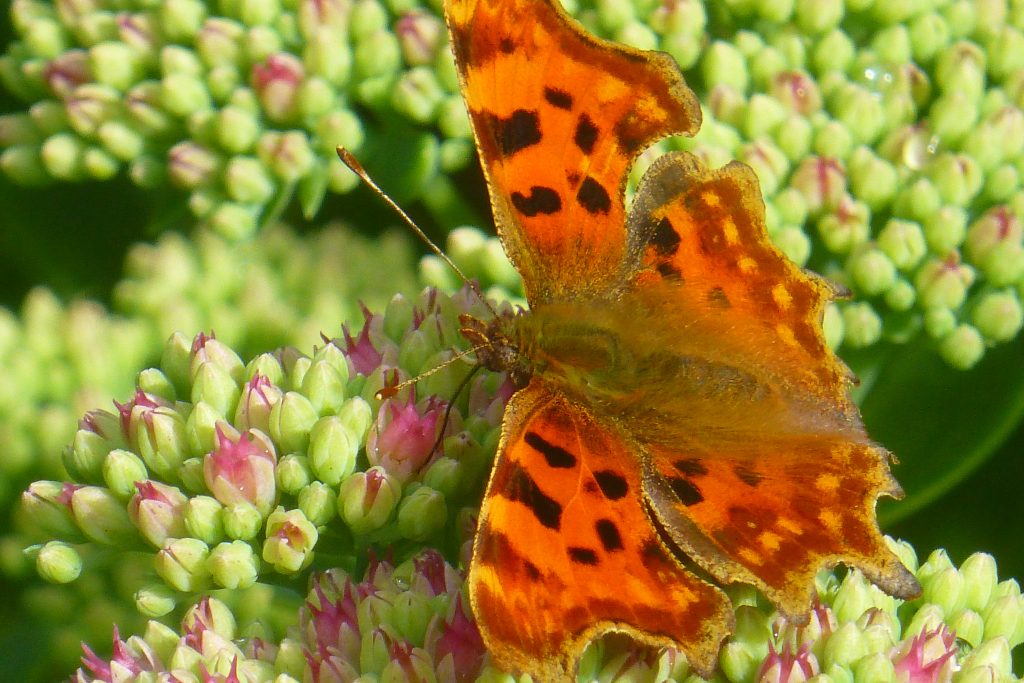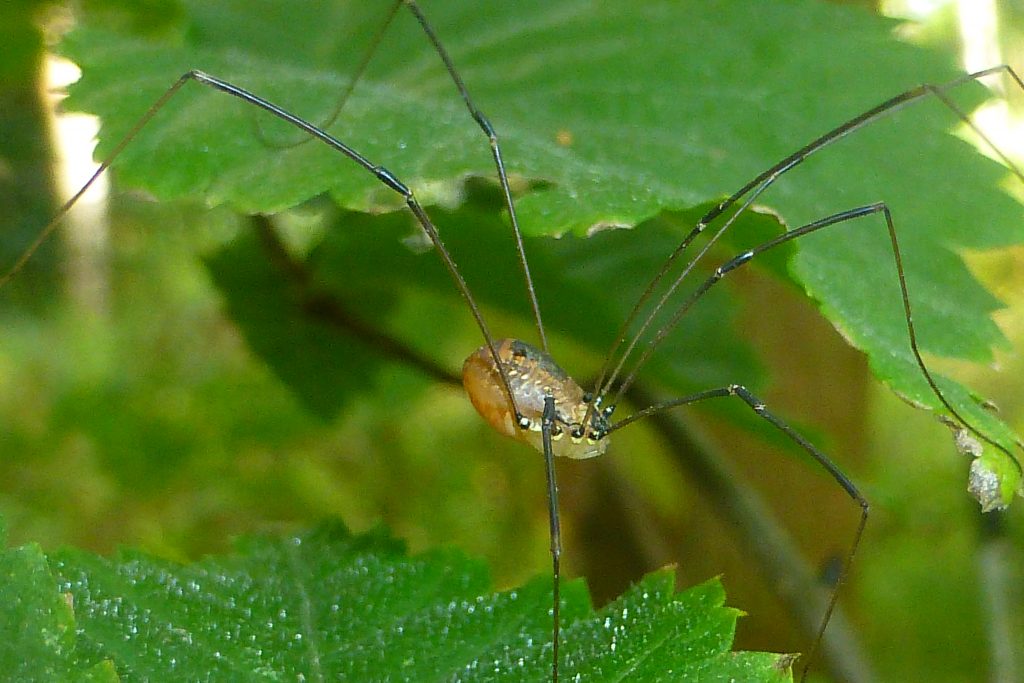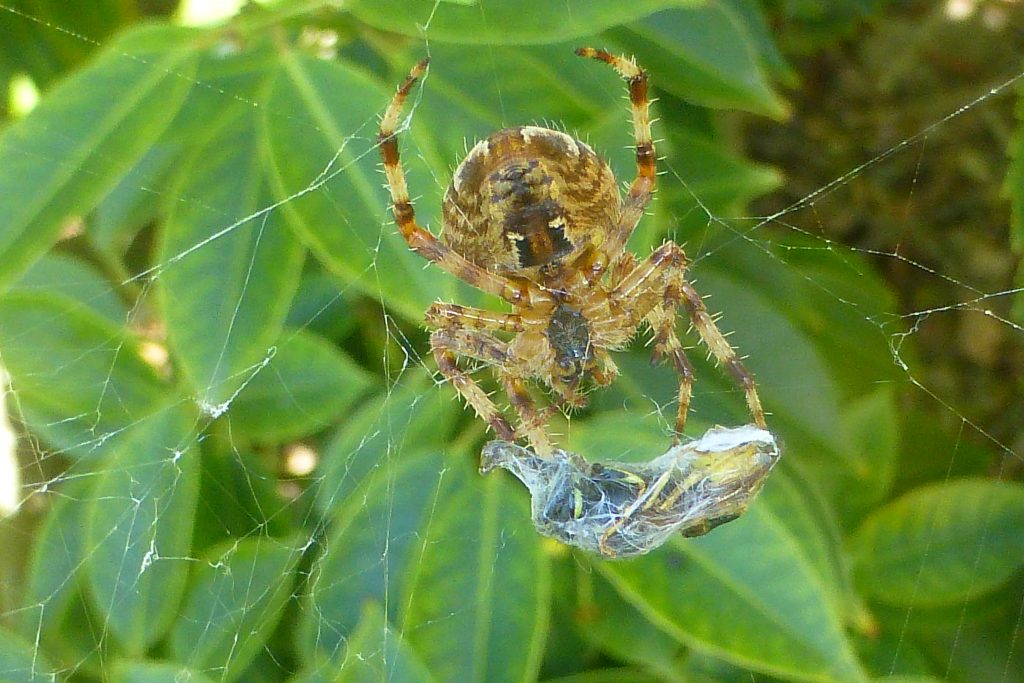September was another largely dry, bright sunny month, with significant rainfall on only three days. Five more species were added to the Garden’s list, bringing it up to 777.
Birds: Thirty-four bird species were recorded at RBGE in September. The most notable records were a Nuthatch calling (7th), two Chiffchaffs calling (7th and 16th), possibly stopping off on their autumn migration back to Africa, and the autumn’s first Pink-footed Geese flying over the Garden (28th). Several Swallows flew over the Garden on the morning of 18th, no doubt also returning to Africa. The full list of species recorded in September was: Blackbird, Blackcap, Black-headed Gull, Blue Tit, Bullfinch, Carrion Crow, Chaffinch, Chiffchaff, Coal Tit, Dunnock, Feral Pigeon, Goldfinch, Great Spotted Woodpecker, Great Tit, Greenfinch, Grey Heron, Herring Gull, Jackdaw, Lesser Black-backed Gull, Long-tailed Tit, Magpie, Mallard, Moorhen, Nuthatch, Pink-footed Goose, Robin, Siskin, Song Thrush, Sparrowhawk, Stock Dove, Swallow, Tree Creeper, Wood Pigeon, Wren.
Insects and other invertebrates: By far the most notable insect sighting in September was the leafhopper Eupterycyba jucunda on 17th, a first record for Scotland (and thereby also Midlothian). A full account with a photograph has already appeared in Botanics Stories (http://stories.rbge.org.uk/archives/17482). The good weather meant that September was another good butterfly month, with six species recorded: Peacock (four dates between 2nd and 11th), Comma (2nd and 6th), Small White (10th and 29th), Green-veined White (three dates), Small Copper (6th and 10th) and Red Admiral (4th). Apart from various leaf-mining species, a Grey Dagger caterpillar was the only moth record. Twenty-two hymenopteran species (bees, wasps, ants, sawflies etc.) were recorded, one more than in August. Wool Carder Bees were seen in small numbers until 15th, a month later than last year and the first year that they have been recorded at RBGE in September. The mines of the sawfly Metallus lanceolatus, found on Large-leaved Avens (Geum macrophyllum), were a new Garden record (8th). Eleven hoverfly species were seen, with September bringing out the usual autumn suspects like drone flies (Eristalis species) and the Dead Head Hoverfly Myathropa florea. Marmalade Hoverfly and Common Banded Hoverfly were both recorded almost daily. The much scarcer Sericomyia silentis was seen at the end of the month (29th and 30th). The fly Conops cf. flavipes (3rd) was a new Garden record, as was a dead Little Snipe Fly found on a bramble leaf (9th). The number of species of leaf-mining fly recorded was 11. Apart from the new Scottish leafhopper record, four shield bug species (Gorse Shield Bug, Hawthorn Shield Bug, Parent Bug and Red-legged Shield Bug) were also seen, as were four ladybird species (2-spot, 7-spot, Cream-spot and Pine). A Giant House Spider (1st) completed September’s five new Garden records. Eight species of gall-forming mite were recorded, as well as the harvestman Paroligolophus agrestis and the very common Garden Spider Aranea diademata which was seen with prey (a wasp) in a silk ‘cocoon’.



